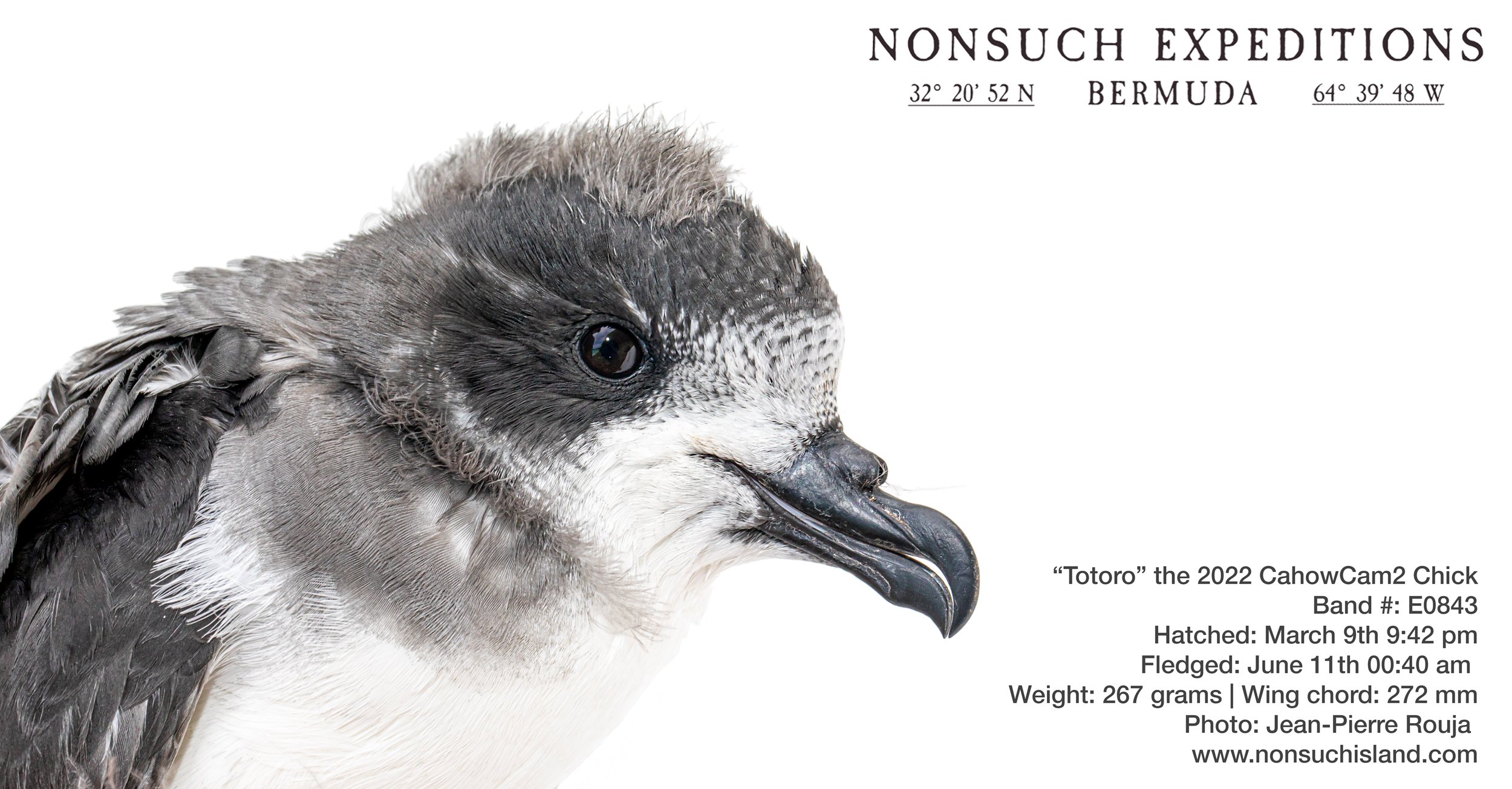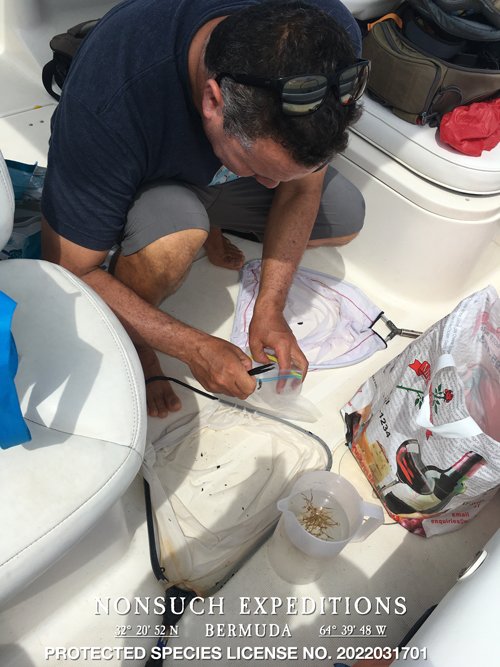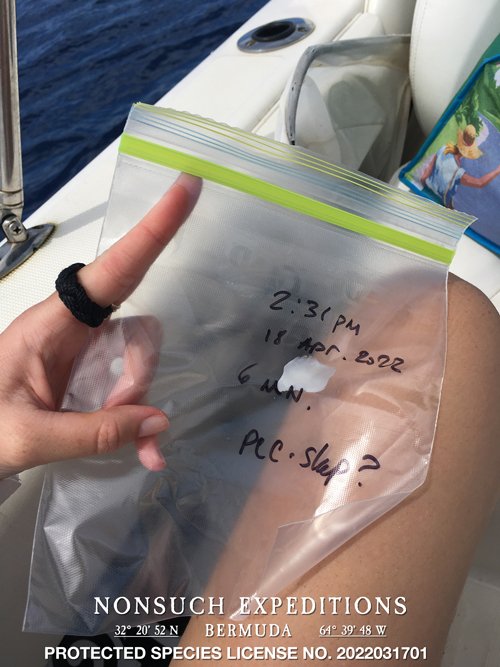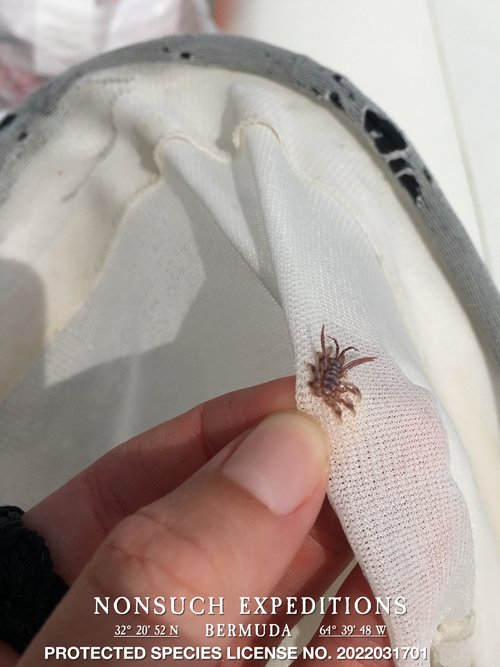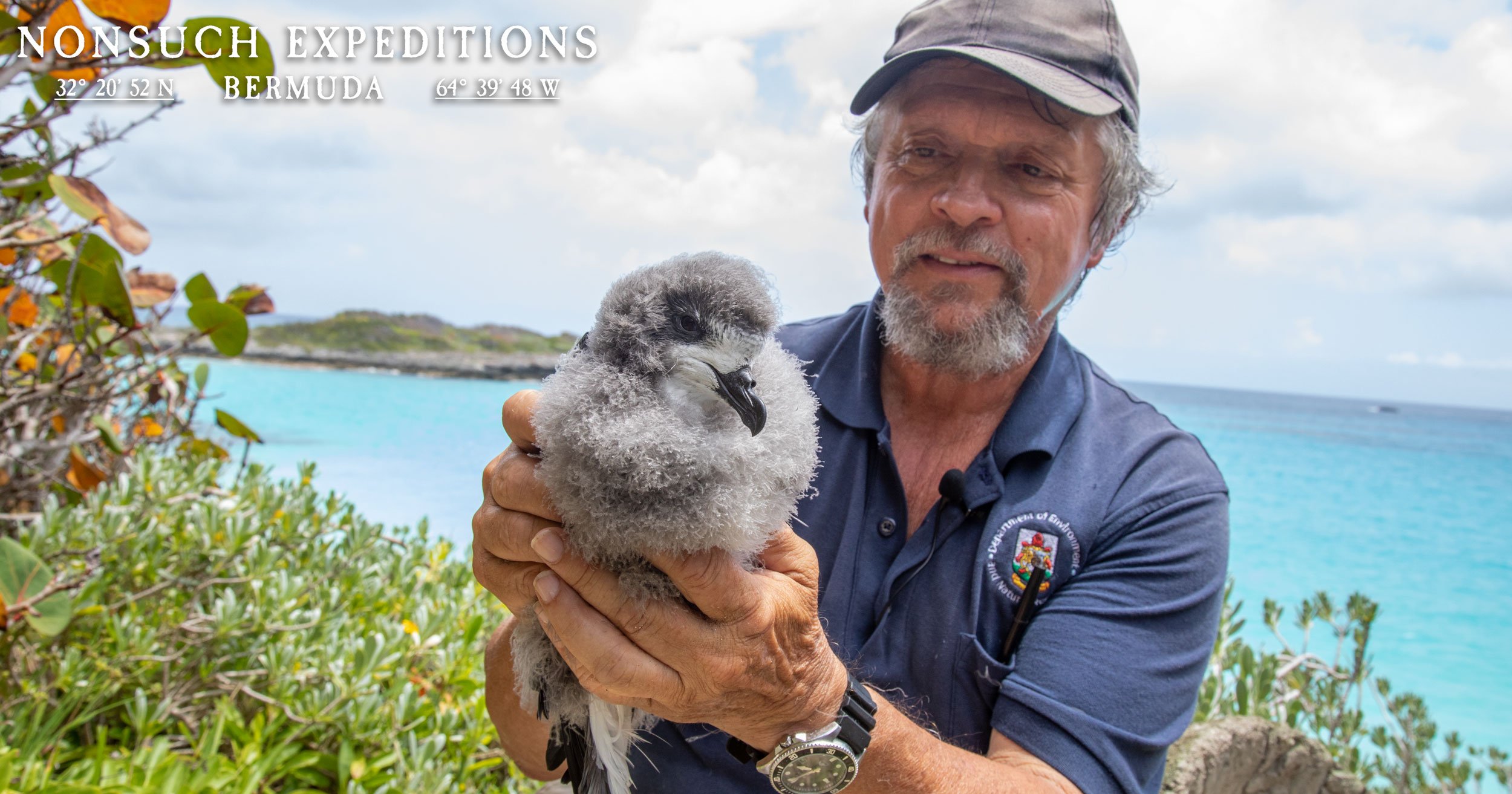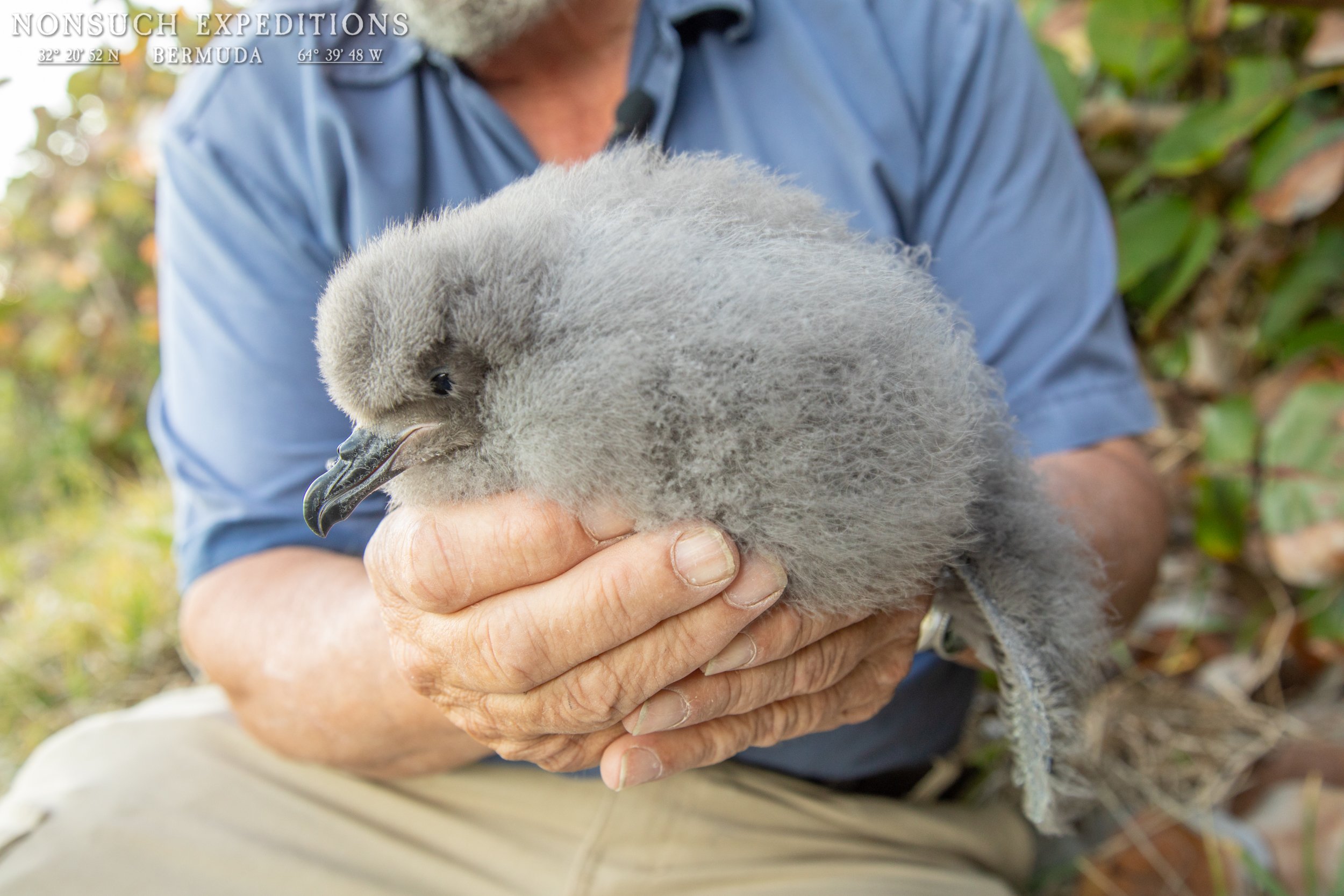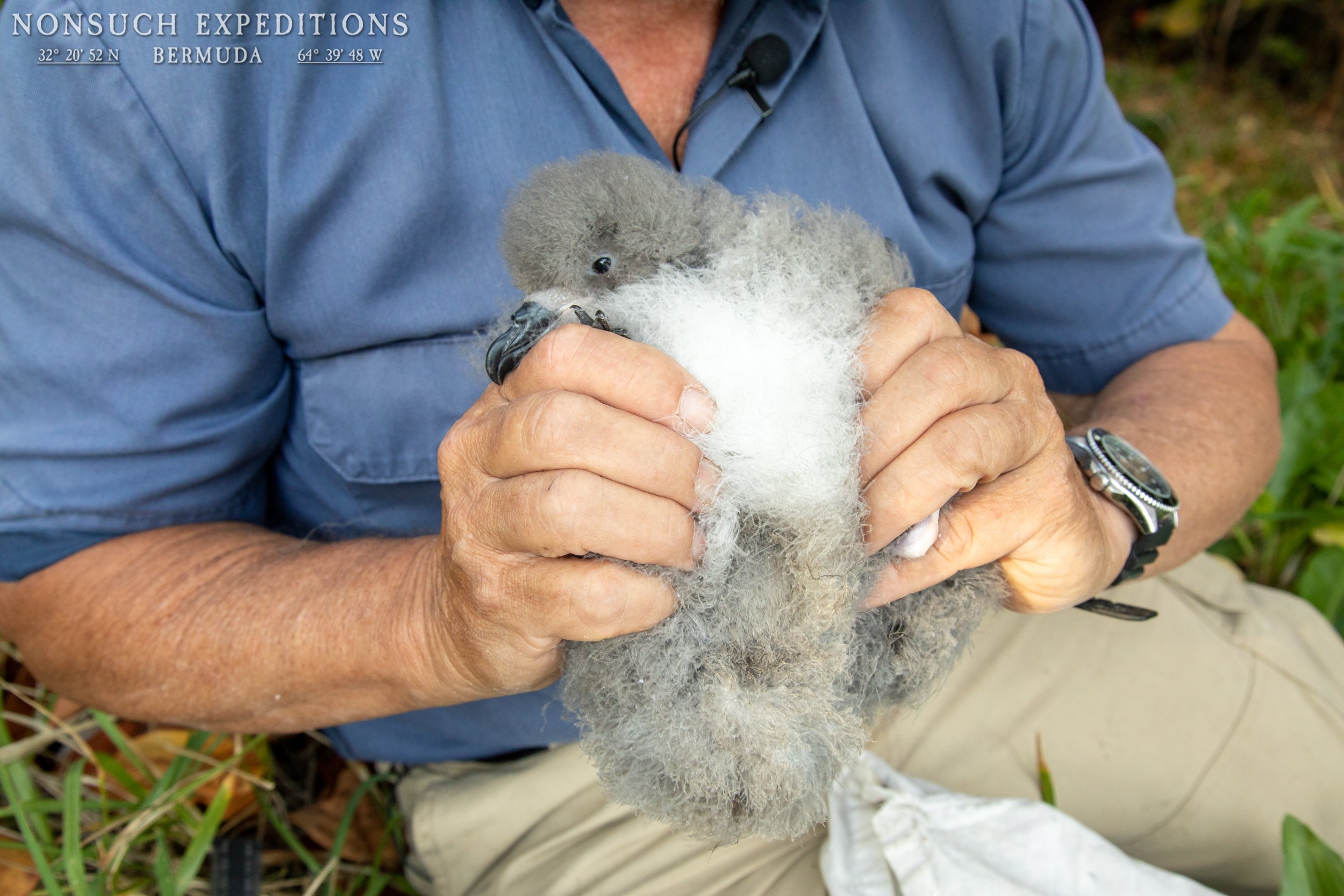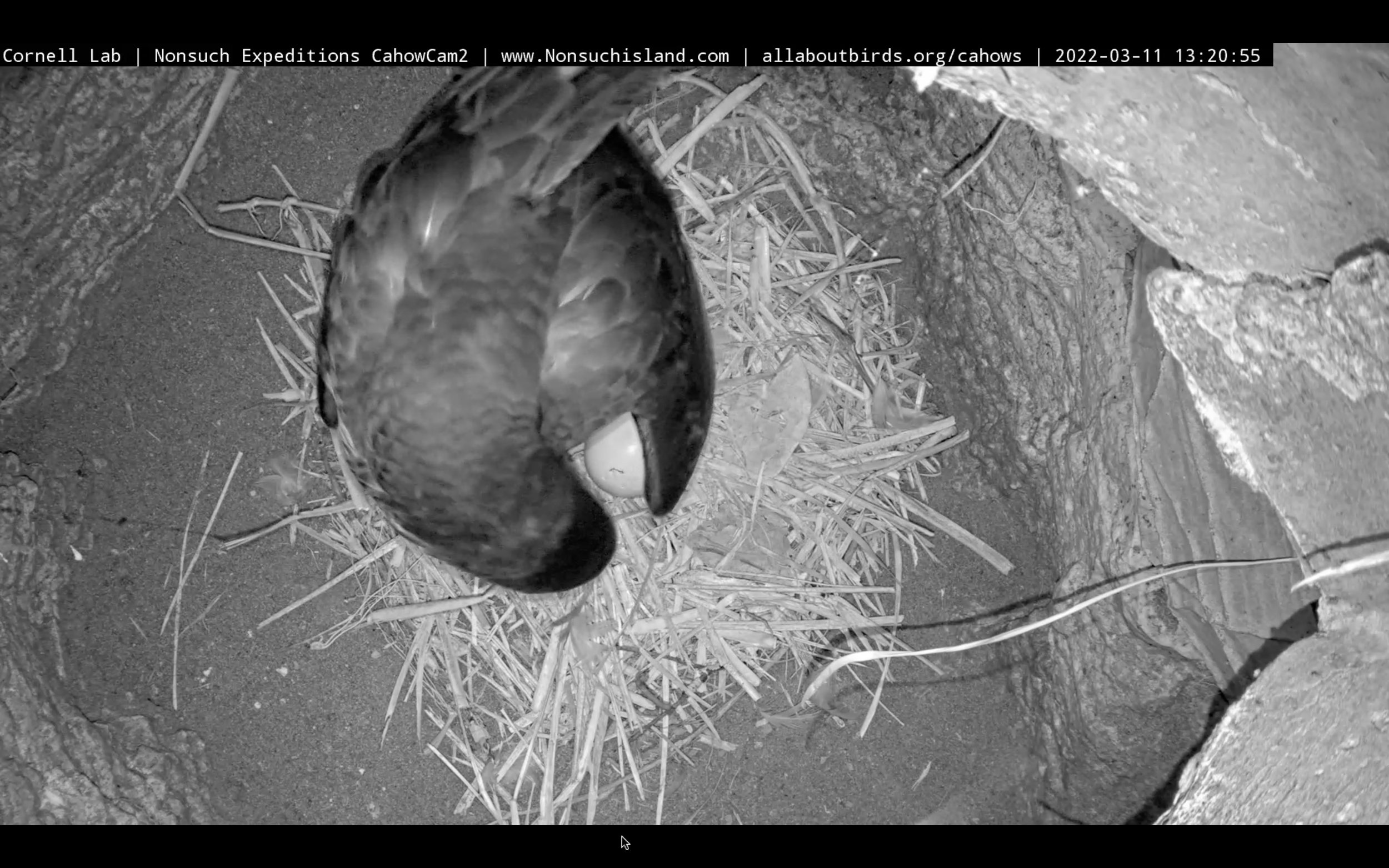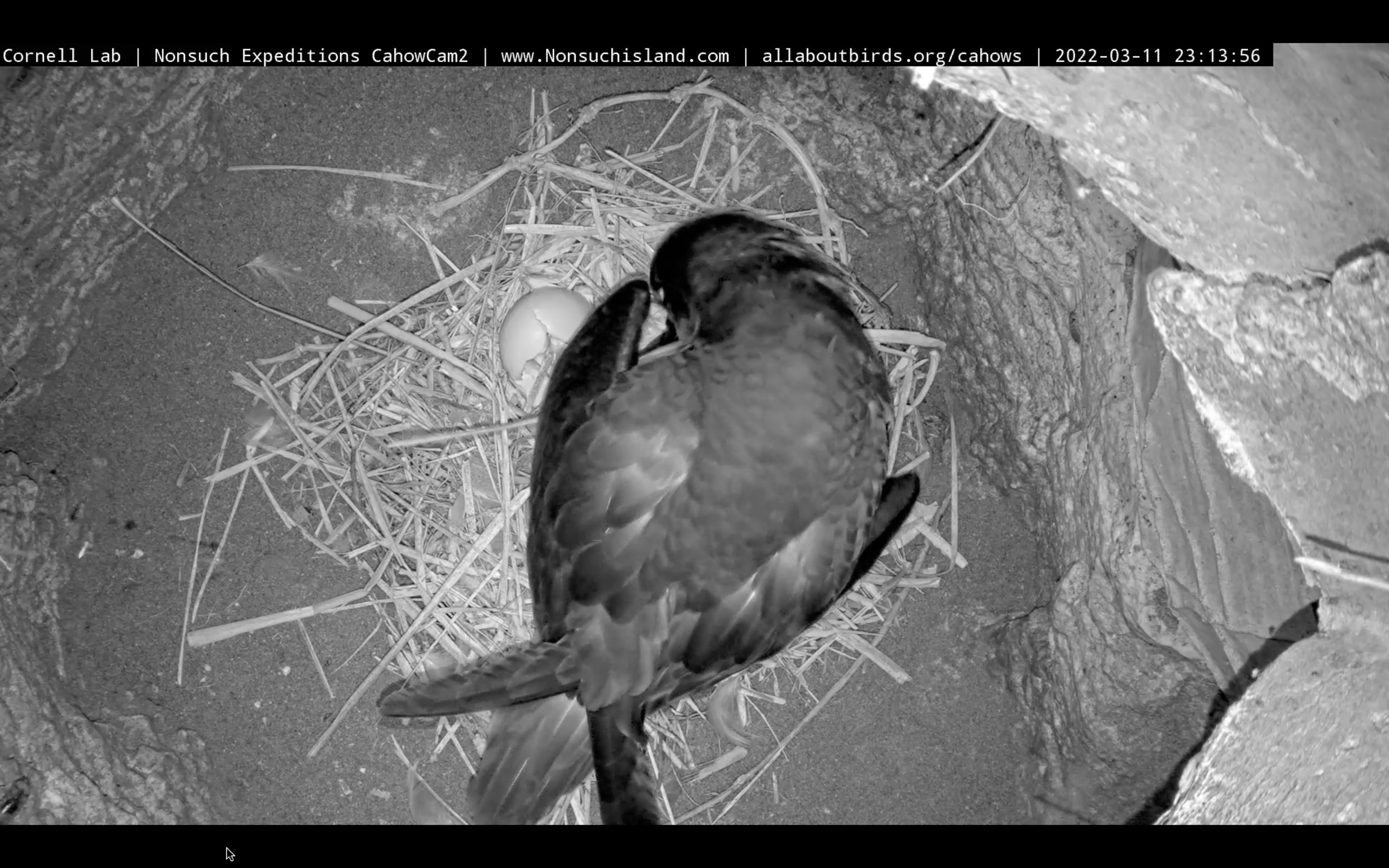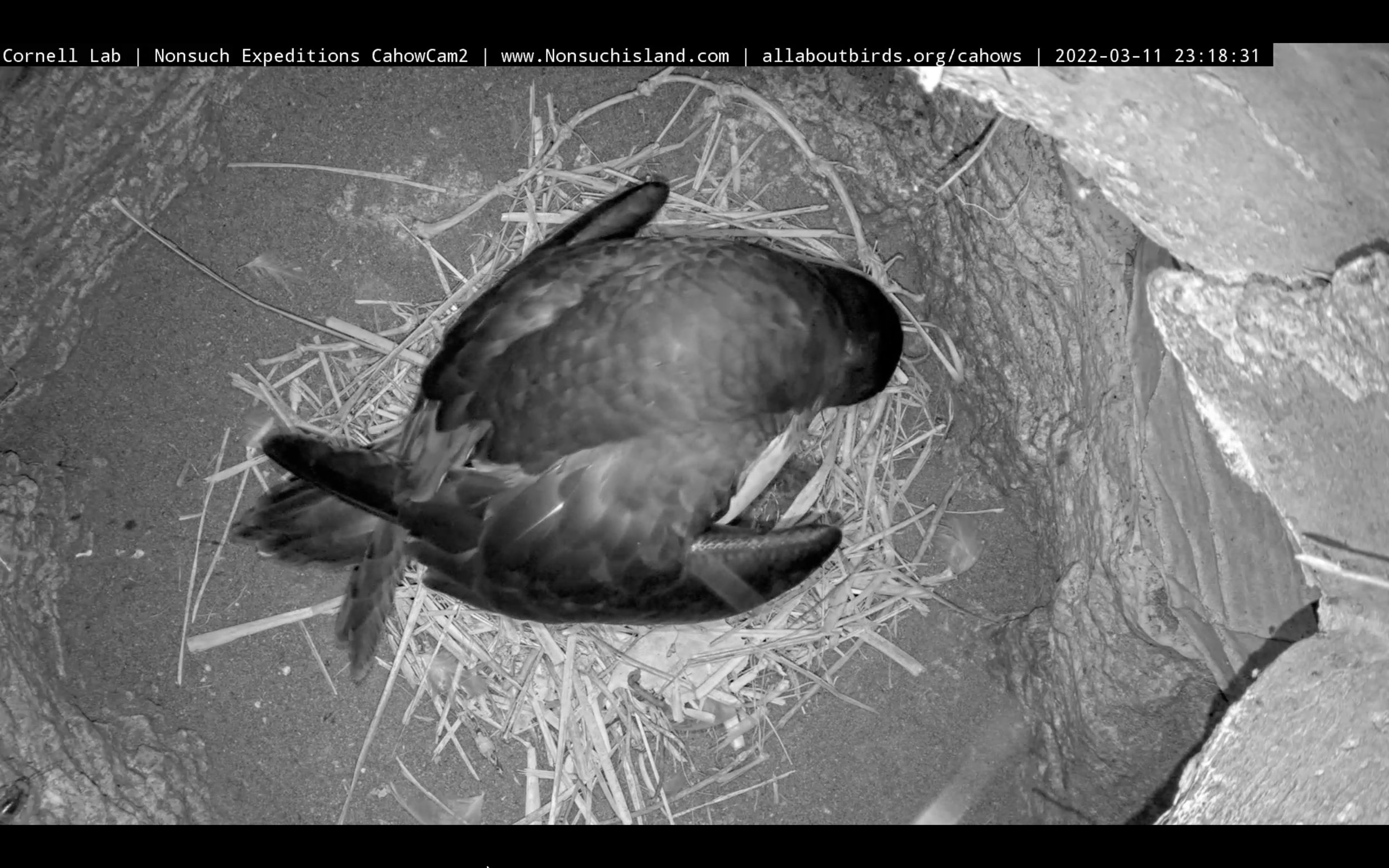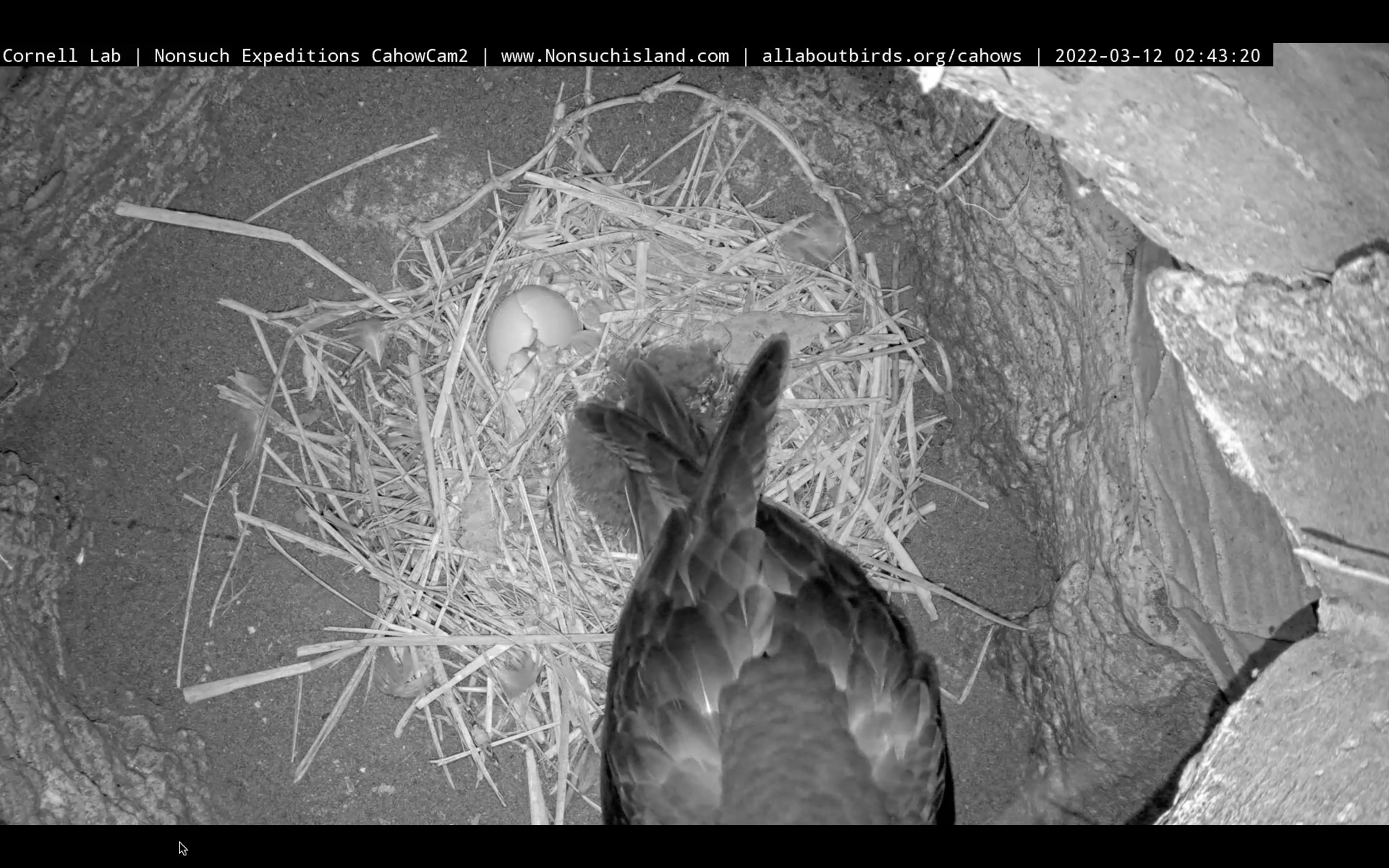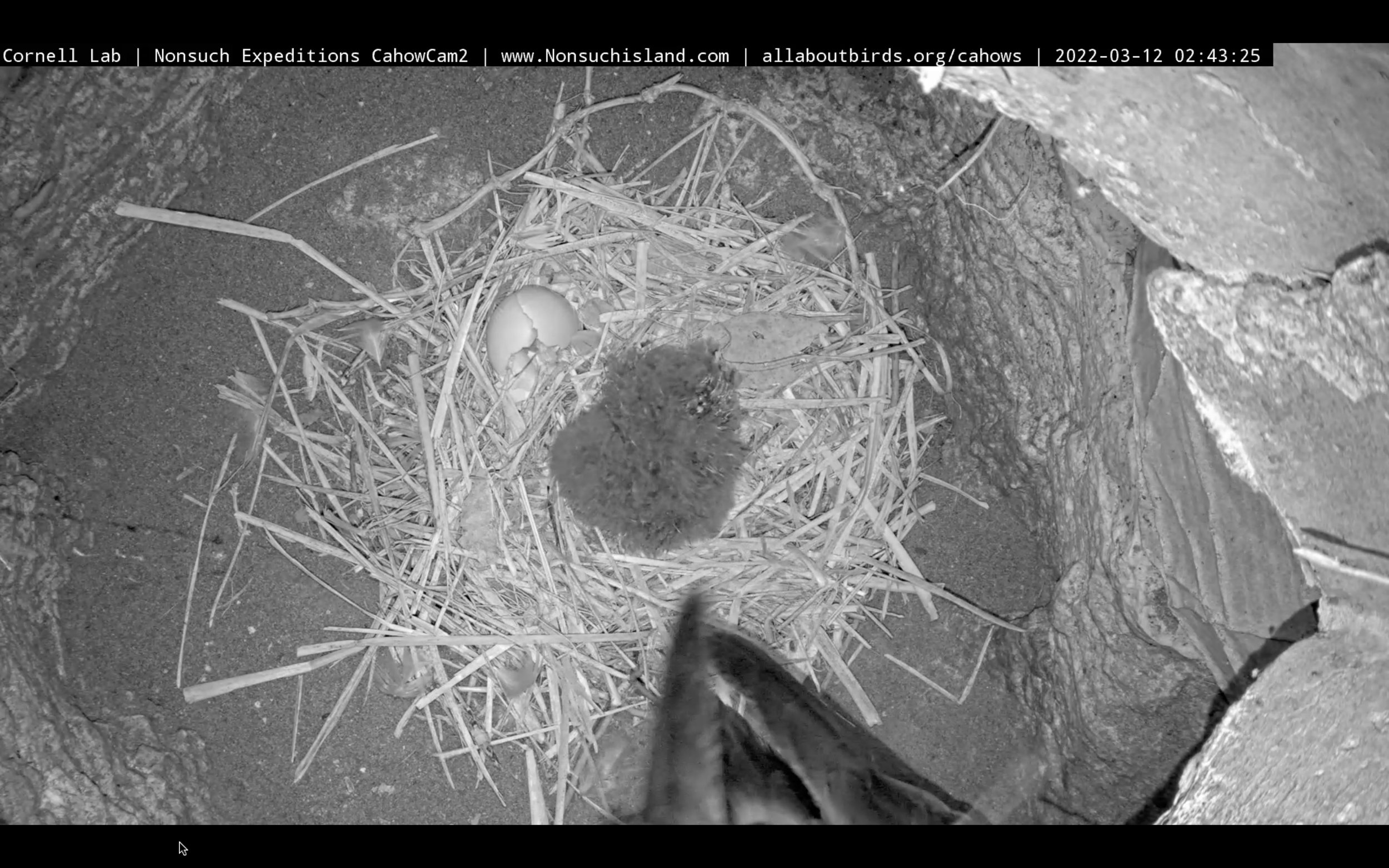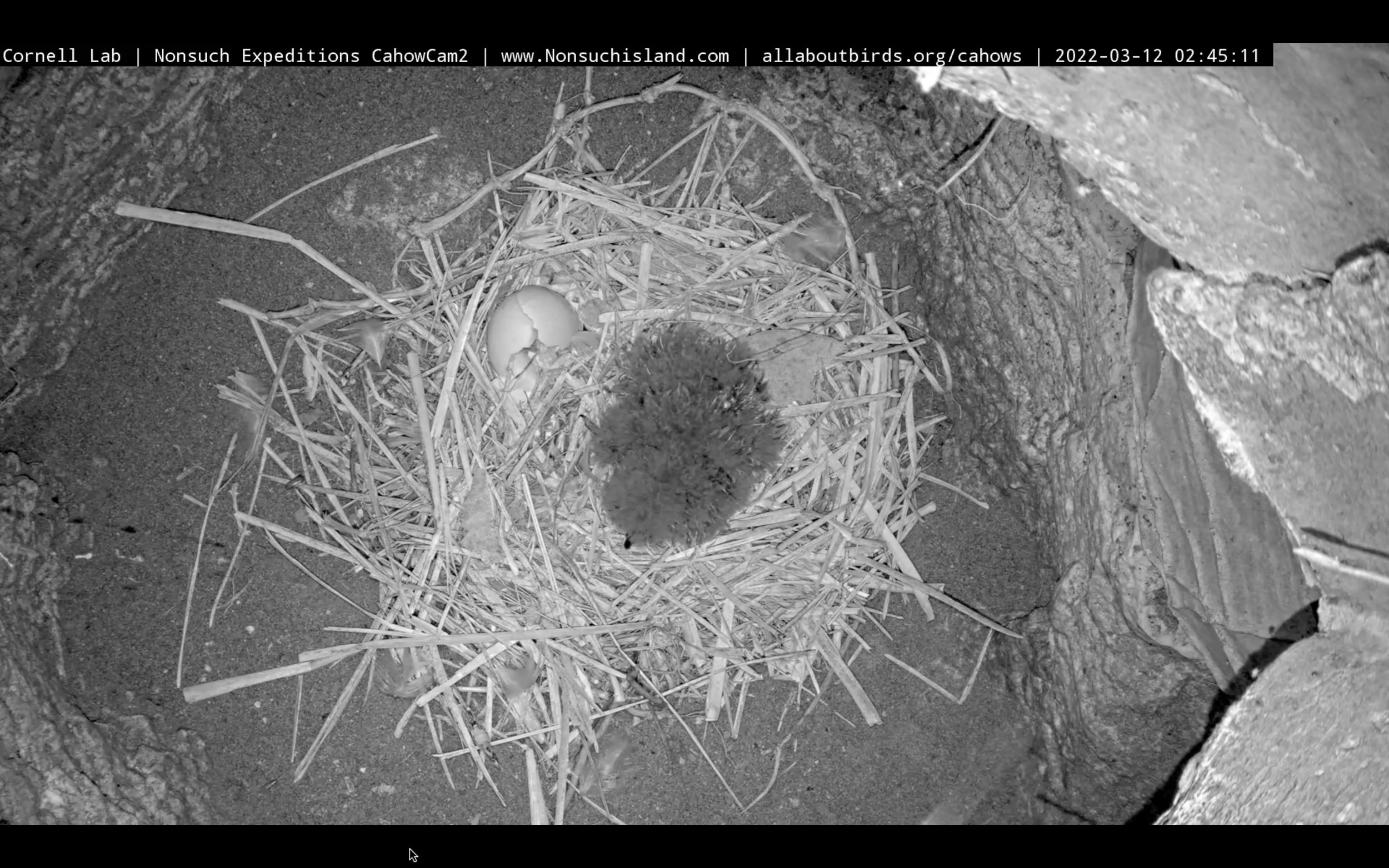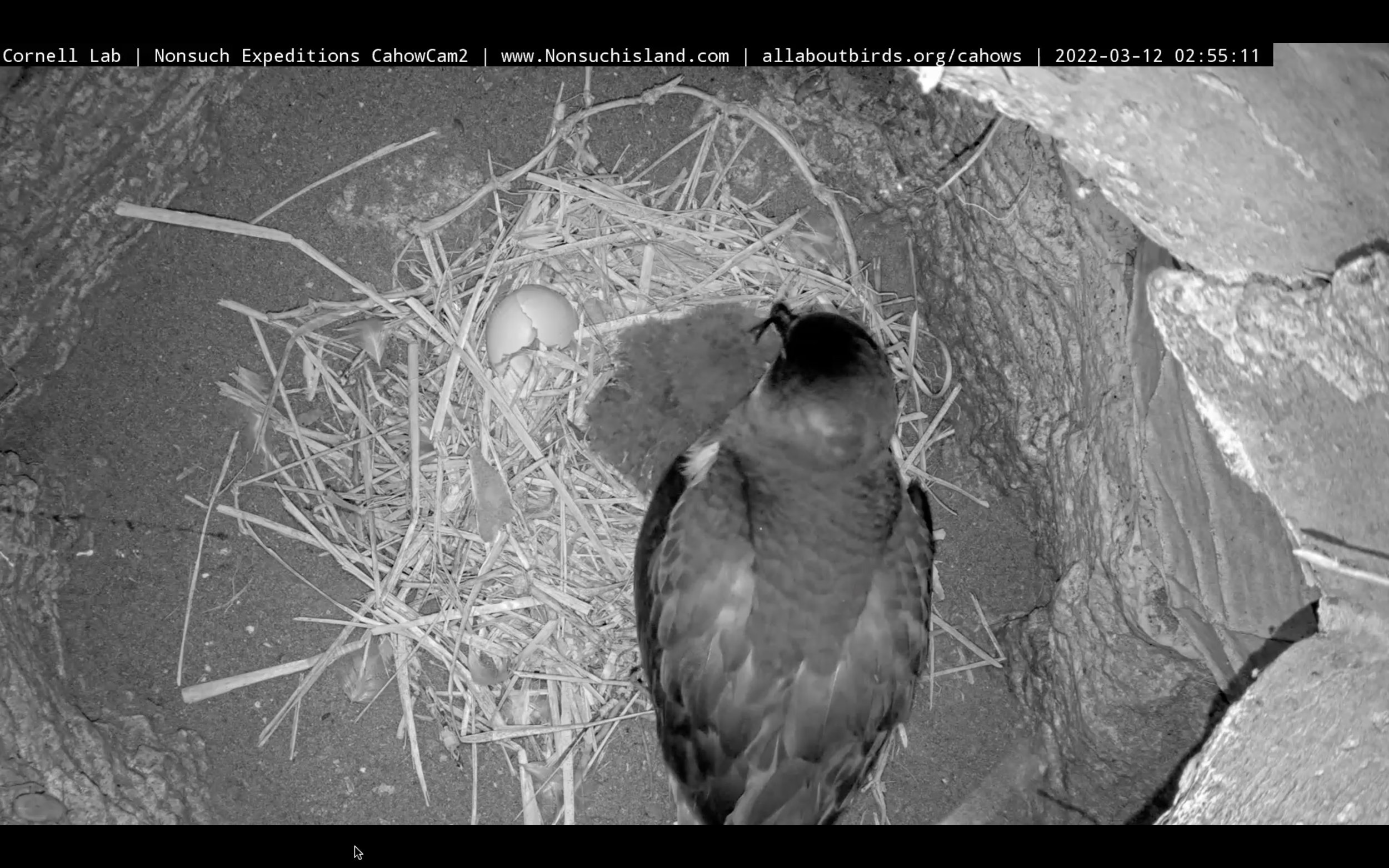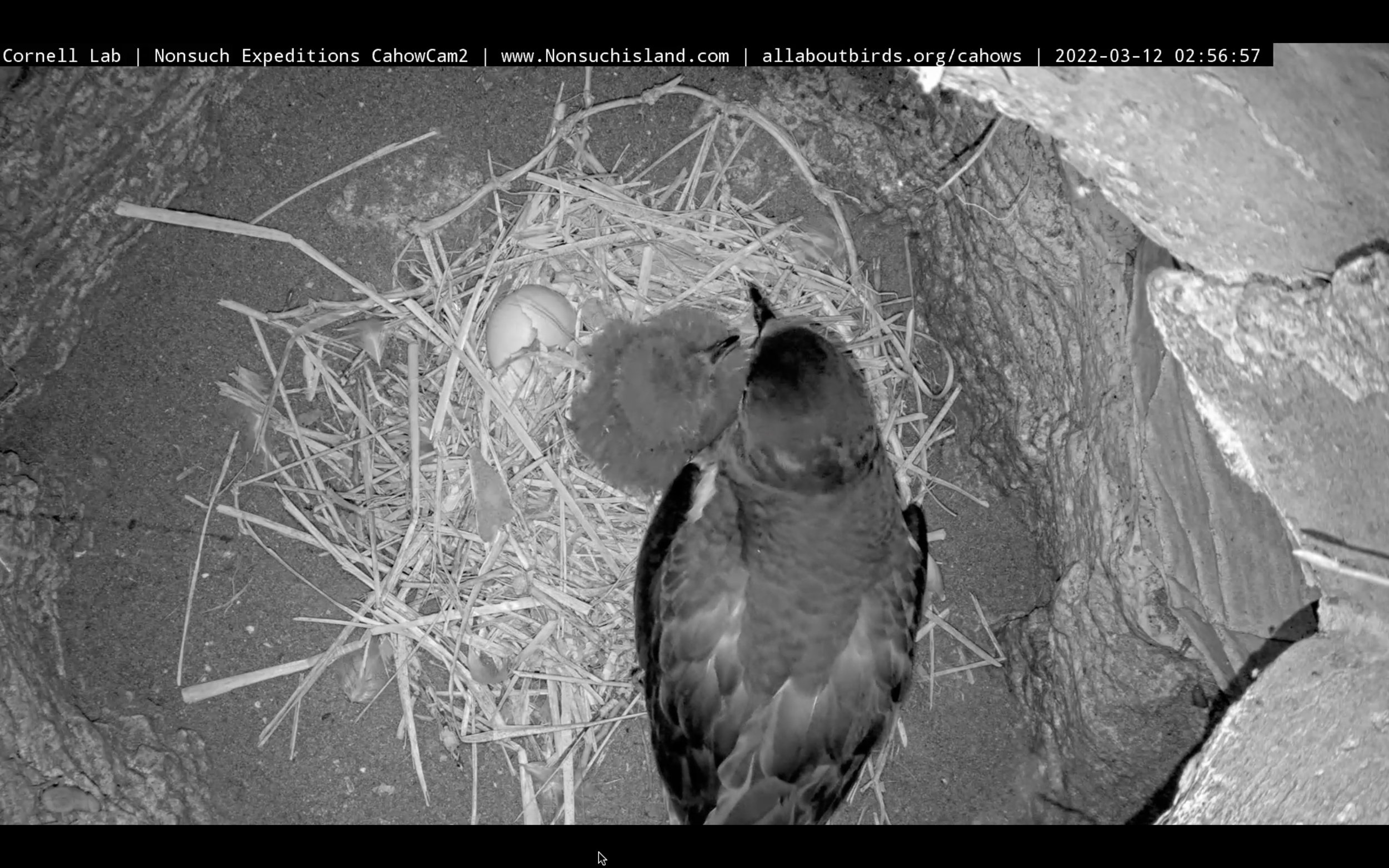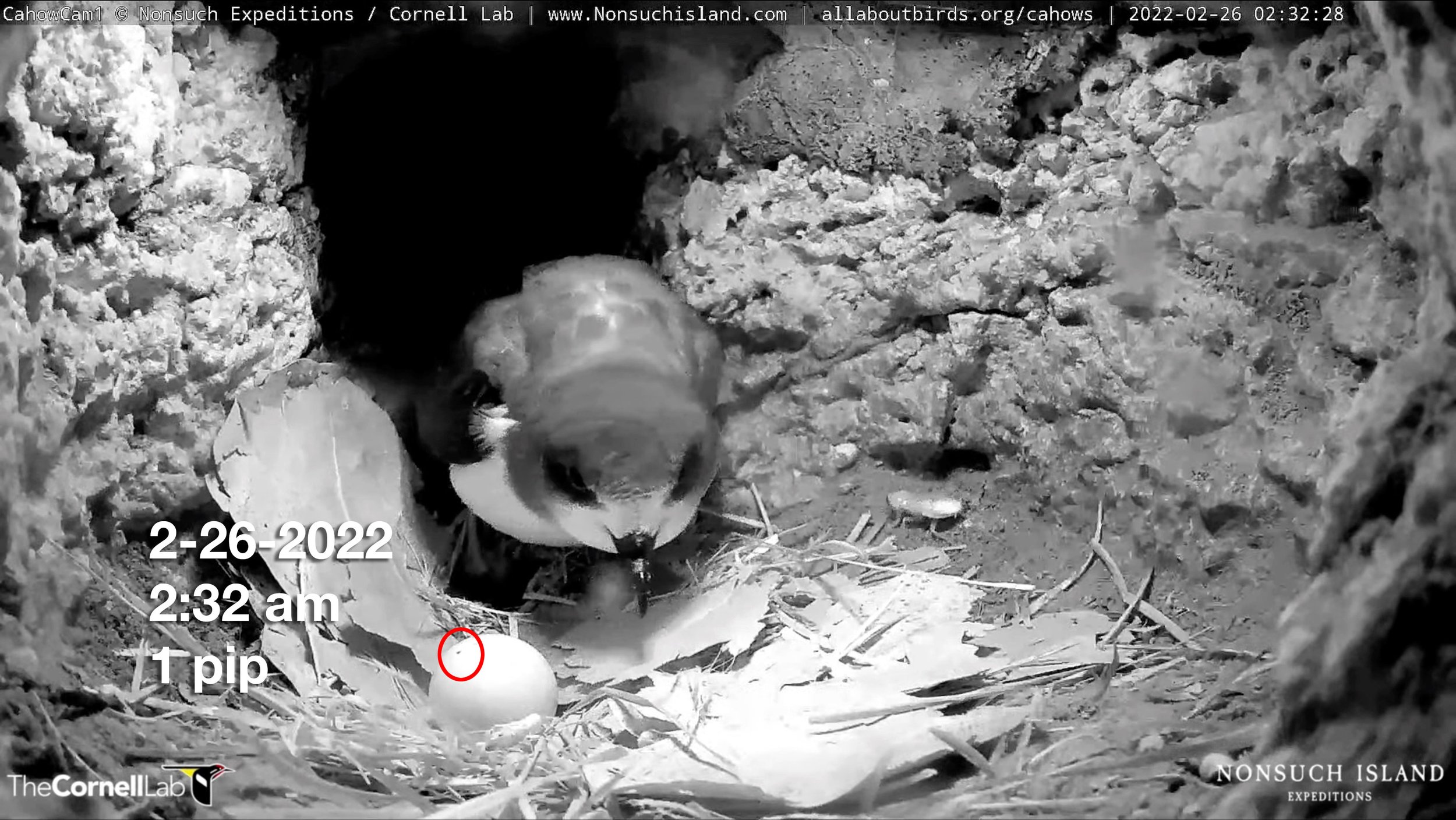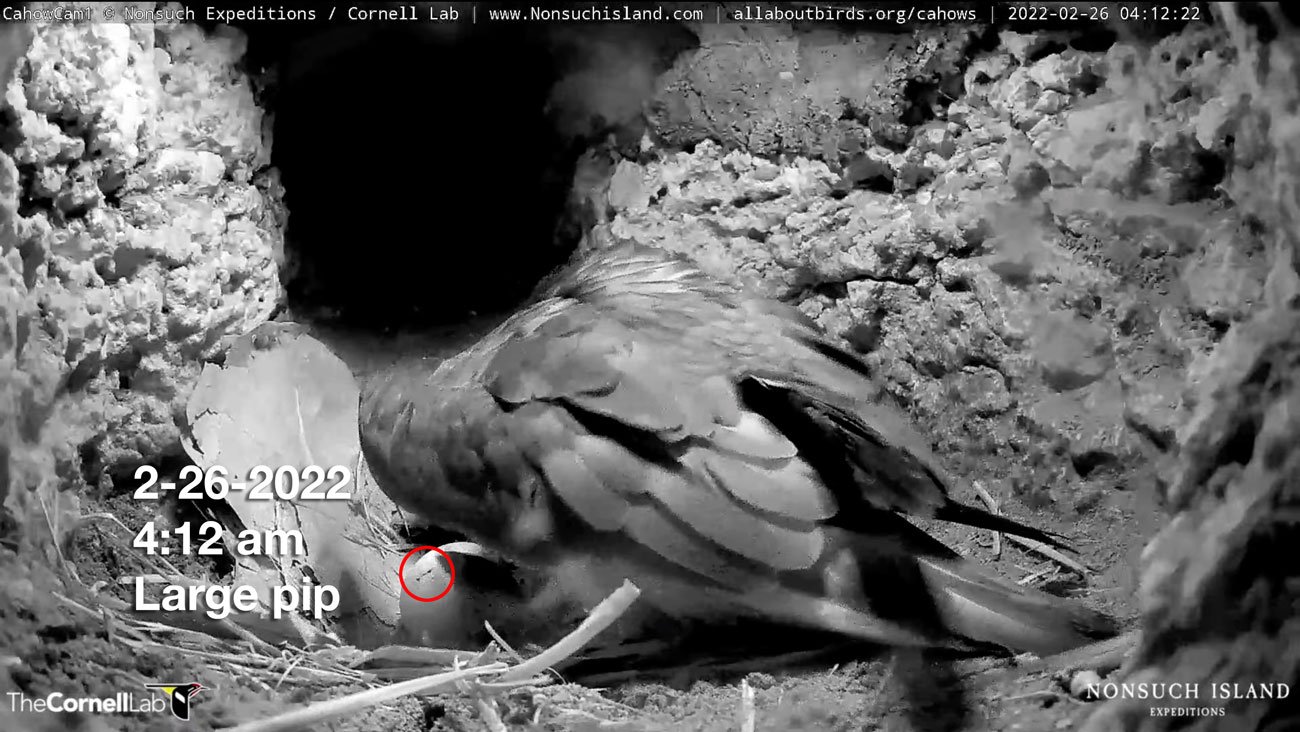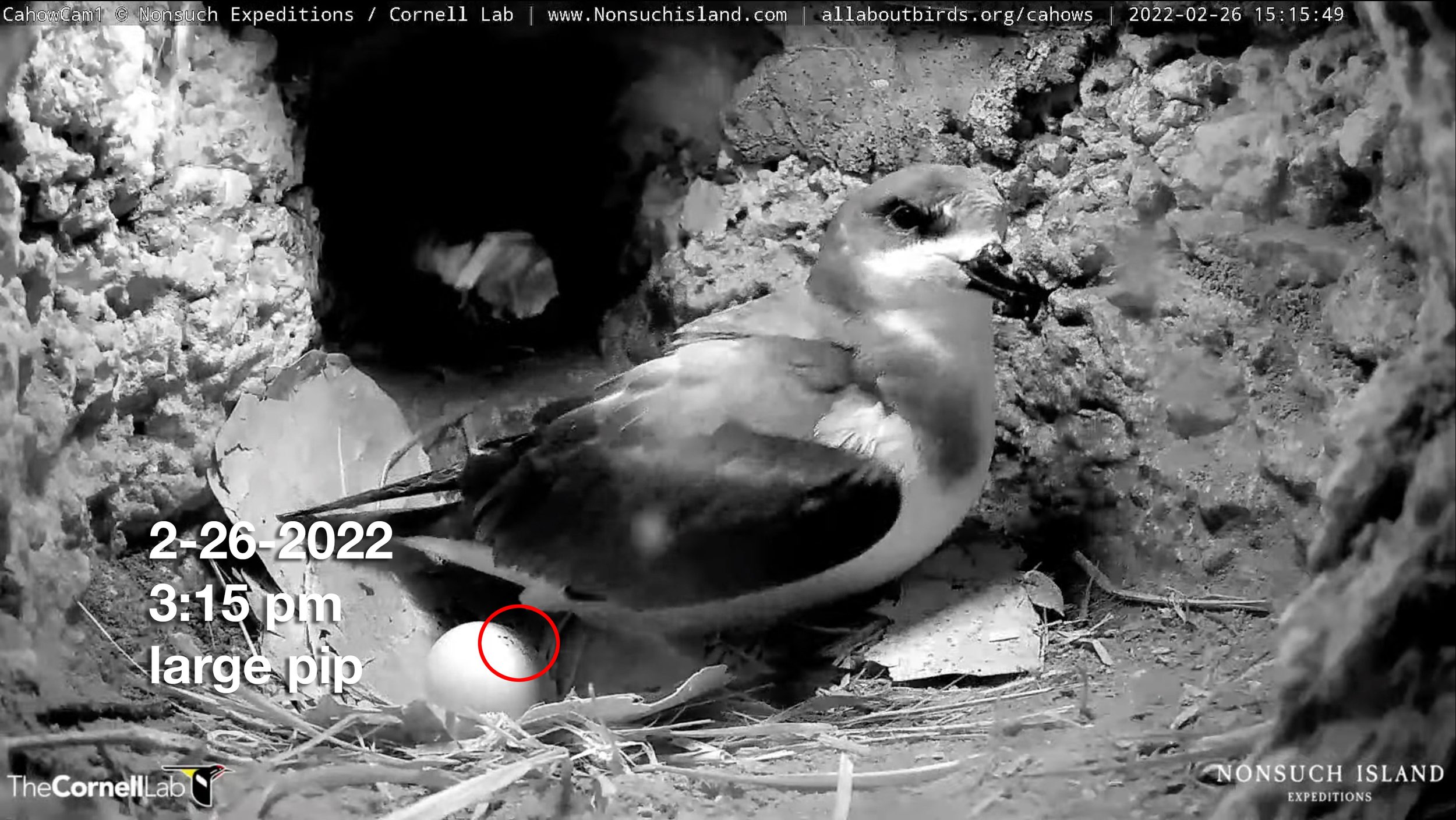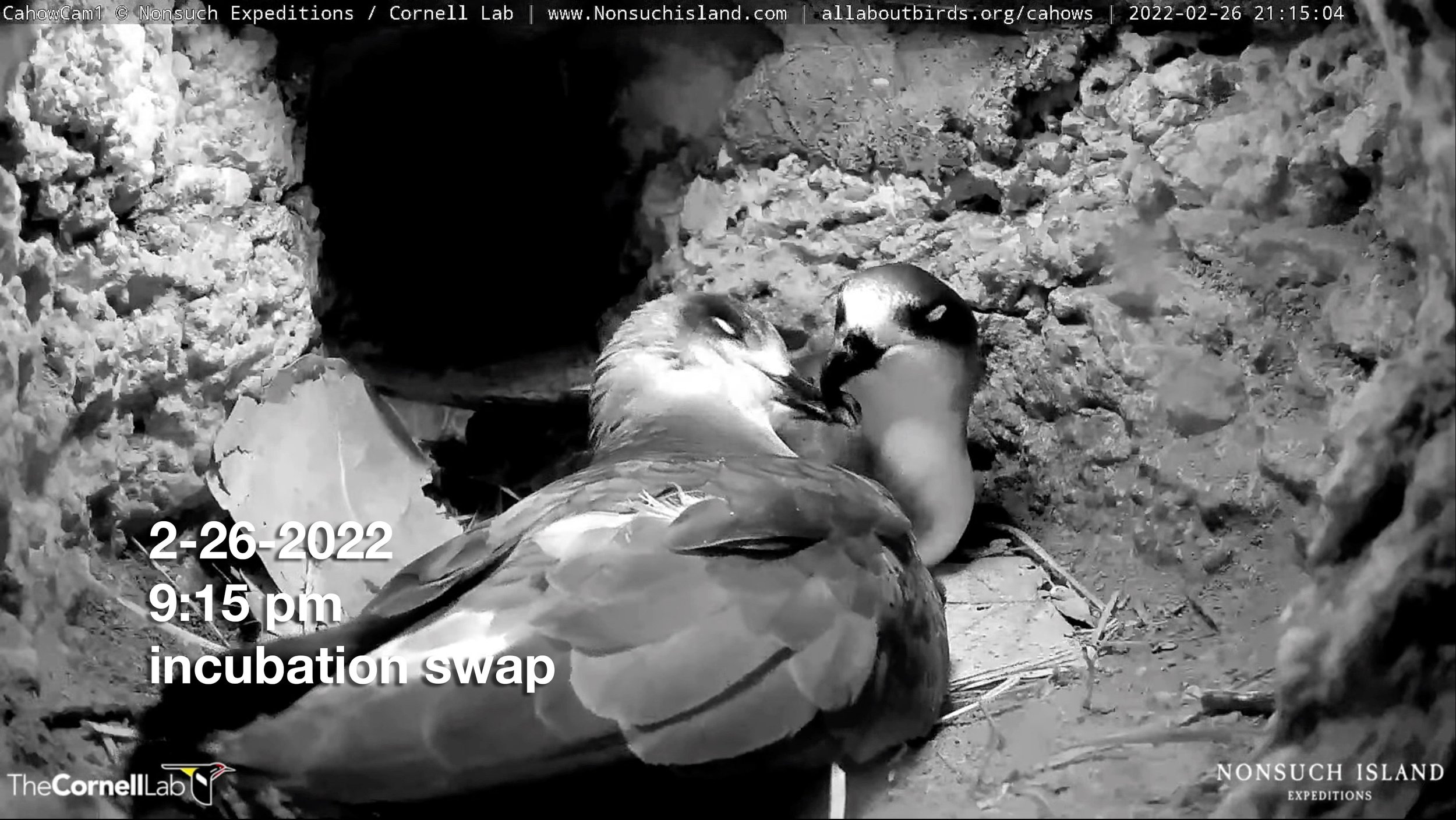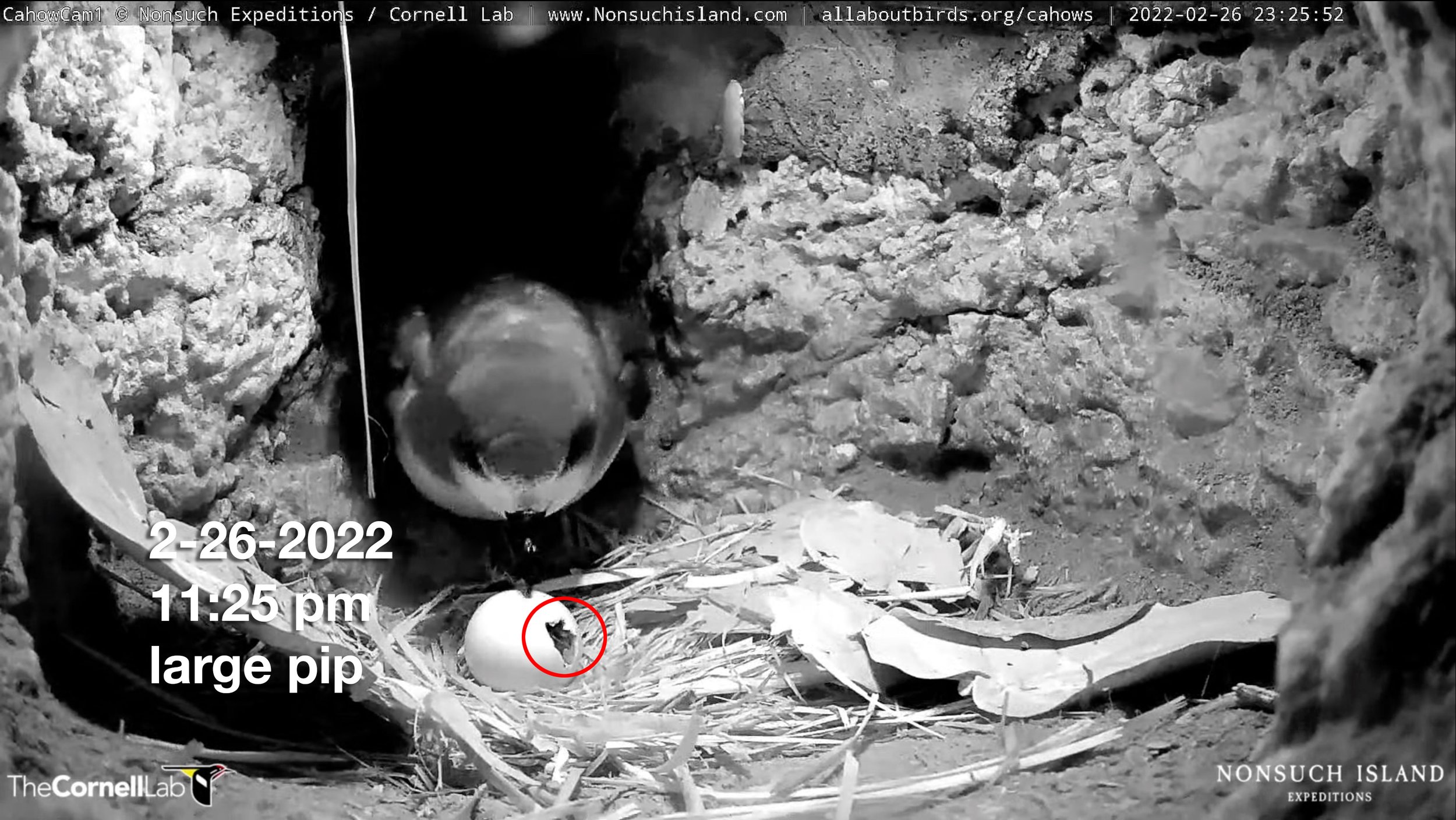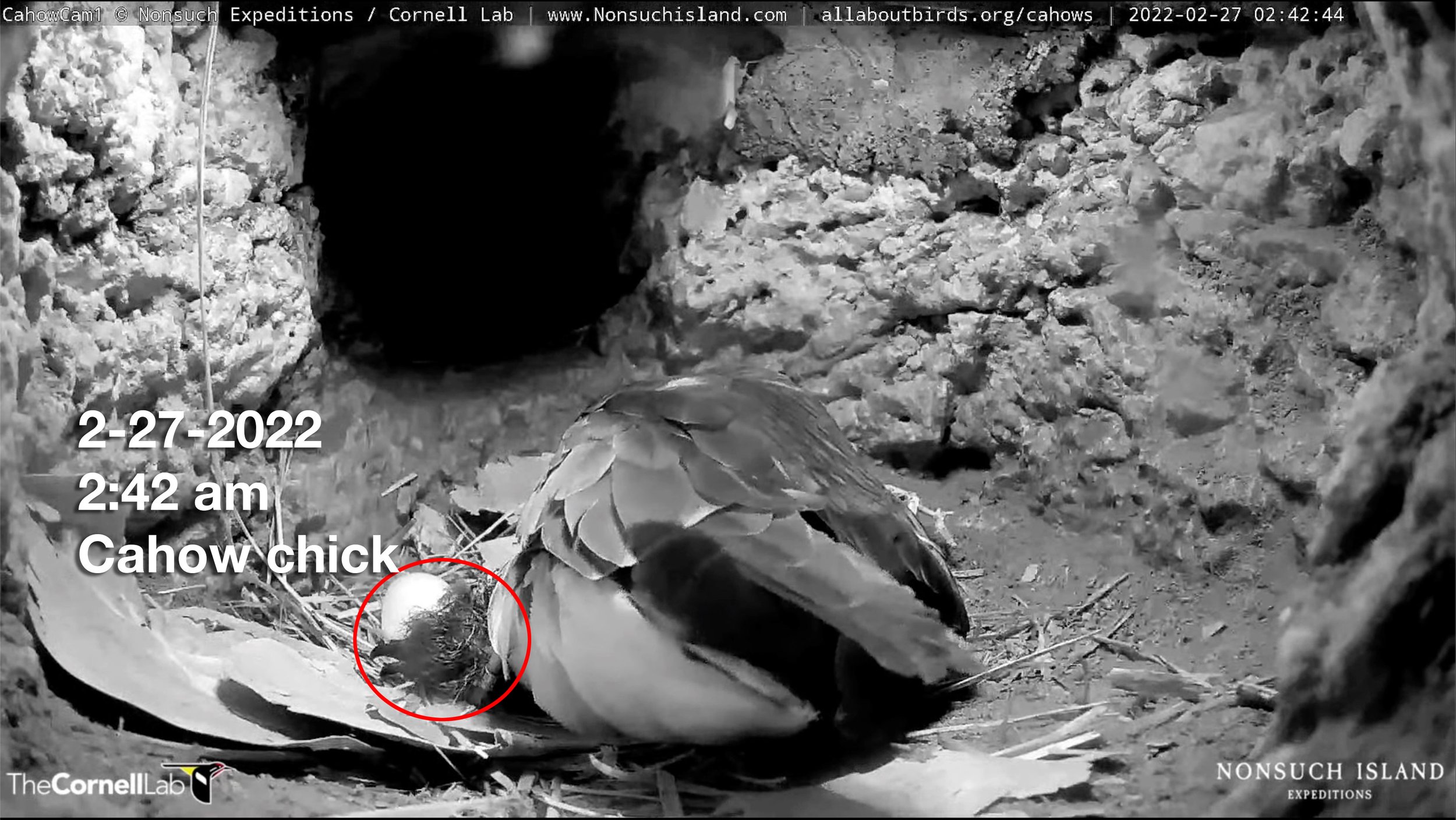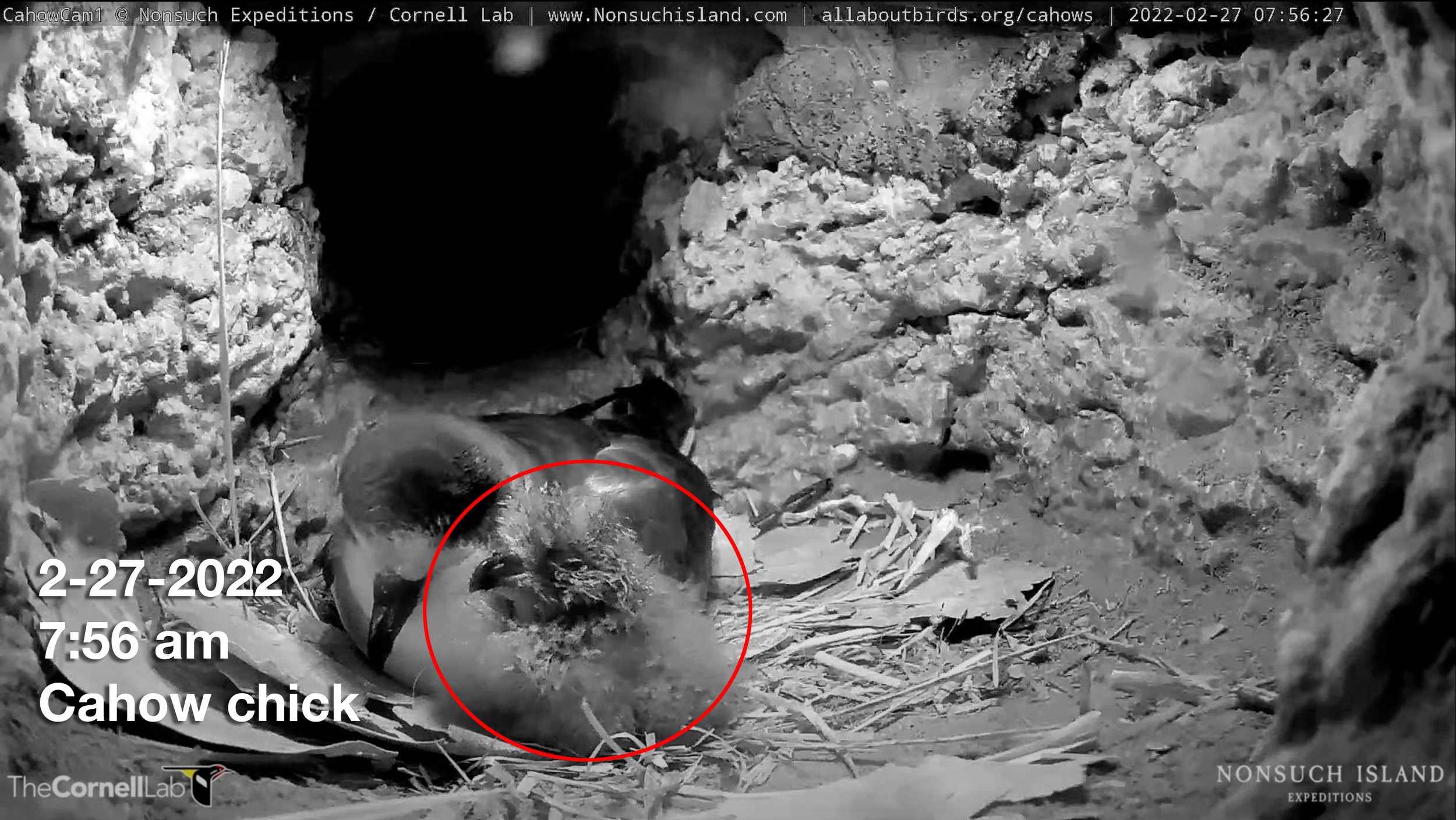Why do the skinks want to cozy up with the fluffy chicks? Likely to take advantage of the safe shelter of their underground burrows, and to forage for food. Skinks have a very variable diet, including fruit, insects, and carrion. They occupy a cleaning role in Cahow nests, eating insects like ants that bother the chicks. They will also eat spilled food and bird droppings, and when an egg fails or a chick dies, they will go in rapidly and scavenge it.
“They provide a valuable function for the Cahows, keeping nest burrows disease free. They're like little live-in housekeepers almost. They benefit from the shelter, and in turn they keep the nests nice and clean and healthy,” Madeiros says.
Living in a Cahow burrow probably gave skinks a better chance of survival when they first colonized Bermuda, likely by travelling over the ocean on floating debris, about 400,000-2 million years ago. Through re-establishing the Cahow, this ancient relationship has also been reconnected.
A conservation team in New Zealand had a similar story, says Madeiros. “In areas where they were increasing shearwater populations (a ground-nesting bird related to the cahow), tuataras also increased – a reptile endemic to the area that's kind of like a cross between a lizard and a dinosaur. The tuataras used the burrows for shelter, and the birds were not bothered by the lizards. Now we can see a similar thing going on with the skink in Bermuda. It seems more and more obvious that Cahows and skinks have had this semi-symbiotic relationship for thousands of years - perhaps millions.On the Bermuda mainland, skinks are now only found in small, fragmented populations in specific habitats. On Nonsuch, Madeiros says the skink populations located away from the Cahow colony have plateaued or even decreased, while those living close to the Cahows have skyrocketed.
“There were only 7 or 8 skinks living where the main Cahow colony is on Nonsuch Island in 2009. Now, 12 years later, I would estimate we have 50-60, possibly 70 living there,” Madeiros reports.
The next step will be for Madeiros to ground proof his empirical observations by conducting another skink survey, which will involve trapping the skinks and determining their population numbers.
"It’s a nice little symbiosis. The Cahow recovery plan has unintended beneficial side effects - we are even helping other species as well."


